November is Epilepsy Awareness Month
All of my children were born healthy with no complications. We have no family history of epilepsy or seizures. I never expected that I would have a child that would be afflicted by a seizure disorder. Three million Americans are living with epilepsy and about 400,000 of that number is children who suffer from the illness. Epilepsy is a neurological condition that affects the nervous system. Seizures are caused by disturbances in the electrical activity of the brain. Sometimes epilepsy in an individual can be related to a cause like a brain injury, but most times the cause is unknown.
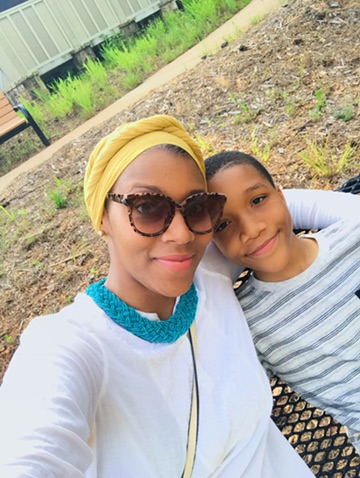

The cause of my sons epilepsy has been medically found as unknown, but we speculate a few different reasons, including certain food sensitivities. He began having seizures at the age of two that were initially thought of as breath holding spells. He would freeze up in one place and his face would turn blue until he would become exhausted and needed to sleep. I had no idea what my baby was experiencing. Our pediatrician said that he was reacting to having a new baby at home, and that everything would be fine. She was wrong. We didn’t accept the initial diagnoses of him having epilepsy because he stopped having seizures for about a year, but then they returned. Since then he’s tried almost every medication in the book for seizures. None have completely worked to offer him seizure control, and lots come with terrible side effects. As many of you may know my son was hospitalized twice recently as a result of side effects from medication.
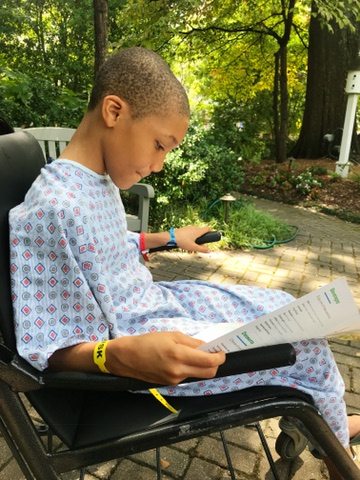
We also use homeopathic remedies to treat his seizures. Those remedies don’t include CBD oil. I know people are well meaning when they suggest it, but treating epilepsy is not one size fit all. We have also tried the Ketogenic Diet and it wasn’t a good fit for us. Some people may wonder why, if we’ve found something that helps to keep him seizure free, then why is he still having seizures? Unfortunately chronic illness is a marathon and not a sprint.
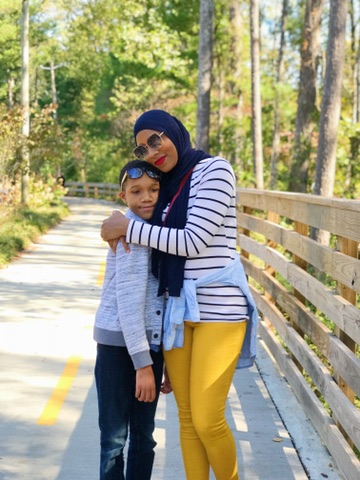
Did you know there isn’t only one type of seizure? Growing up I thought that when someone has a seizure, it looks the same for everyone. That’s not true. There are two major groups of seizures, primary generalized seizures and partial seizures. Under the umbrella of those groups, there are about fourteen types of seizures.
Absence Seizures, Atypical Absence Seizures, Atonic Seizures, Clonic Seizures, Myoclonic Seizures, Tonic Seizures, Tonic-Clonic Seizures, Simple Partial Seizures, Complex Partial Seizures, Secondary Generalized Seizures, Febrile Seizures, Non-epileptic Seizures, Refractory Seizures, and Gelastic & Dacrystic Seizures
My son’s epilepsy began as Absence Seizures where he had them several times a day and very quickly. As he’s grown, they have evolved. Sometimes he has complex partial seizures, and sometimes he has tonic-clonic seizures. They always last between 30 seconds to 1 minute, which I’m grateful for because some people seize for up to 5 minutes or longer.
During a seizure, the persons safety is the highest concern. People can harm themselves during a seizure if they fall, or hit their head. My son has had several incidents where no one has been around to catch his fall. It’s a very scary situation. Many nights I have been abruptly awakened from my sleep and running down the hall to my sons room because he is having a seizure. If you witness someone having a seizure there are several ways you can help.
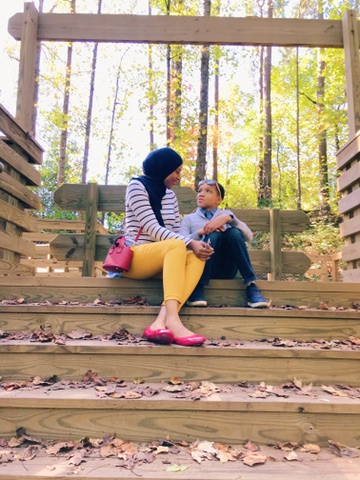
Seizure First Aid
Ease the person to the floor and place them on their side
Never place anything in a persons mouth as they can choke
Move any dangerous or sharp objects that are in their path
Place a pillow or cushion under the persons head
Loosen any tight clothing around the neck
Remove their glasses if they are wearing them
Do not hold down or restrain a person having a seizure
If a seizure lasts longer than 5 minutes, call 911
Always stay with the person until the seizure is over
After the seizure, don’t leave the person alone as they’ll be in a state of confusion
Witnessing my son have seizures several times a day is one of the scariest things I’ve ever had to experience. He has seizures several times a week and sometimes daily. On a really difficult day he can have anywhere from 6 to 10 seizures a day. Right now seizures are currently treated by medications, diet, surgery, or homeopathic remedies.
Of course it is my hope and prayer that my son is cured from this illness. He is such a trooper and overall a really strong boy. He doesn’t complain much and simply goes with the flow of life. His name actually means one who is patient and he exhibits that daily. Epilepsy can be limiting for the people who suffer from it, but I encourage my son that he can do and be anything he wants despite having a chronic illness.
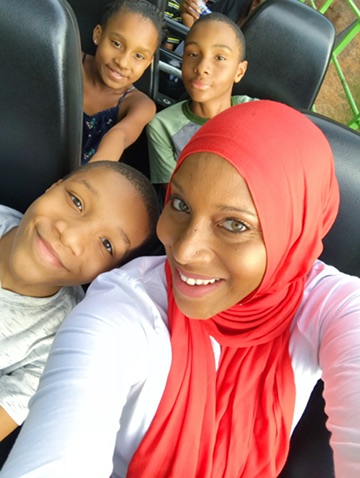
To learn more about epilepsy and seizure disorders, please visit Epilepsy.com and share your support of Epilepsy Awareness Month this November.


No comments yet. Be the first one to leave a thought.